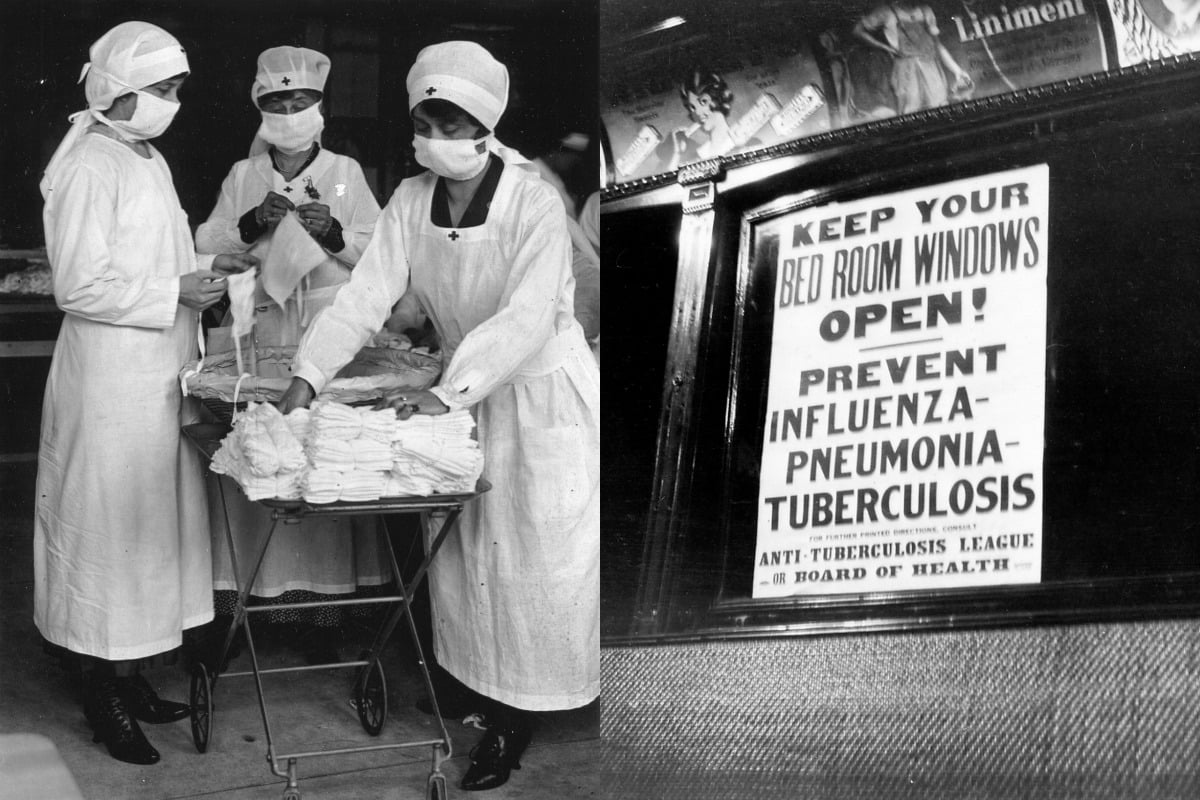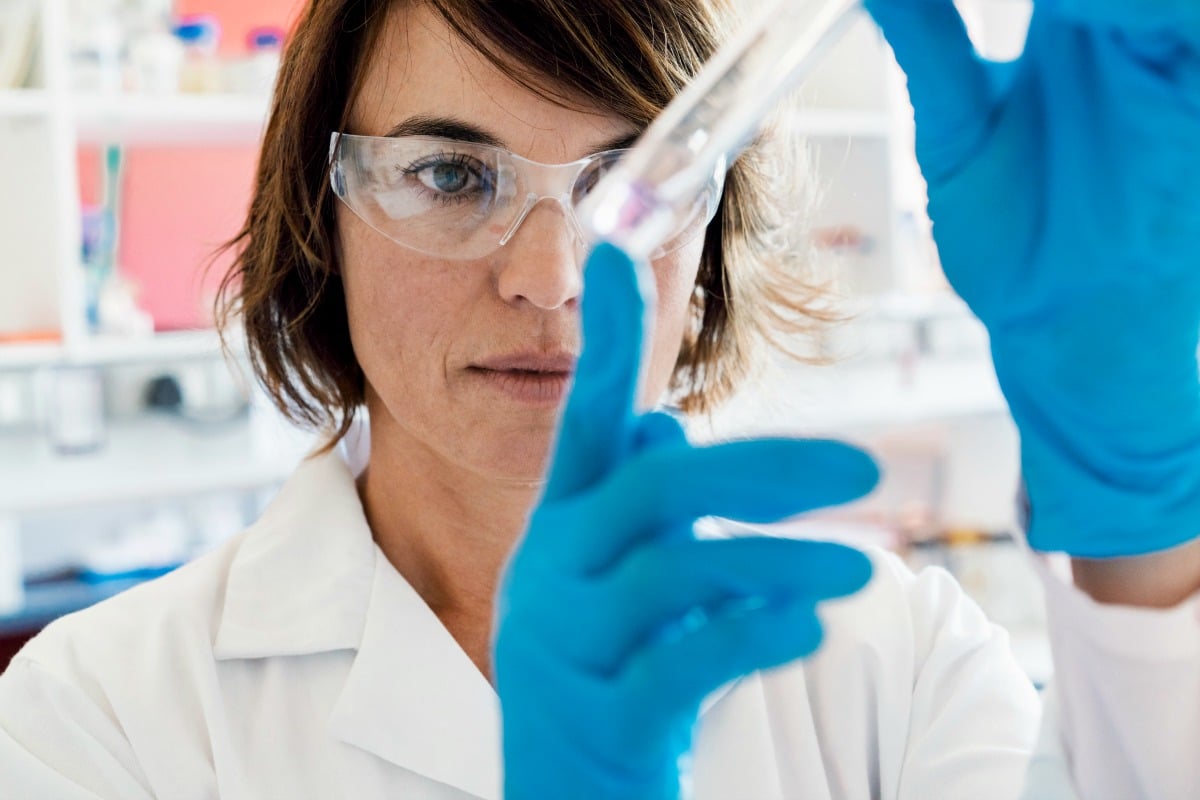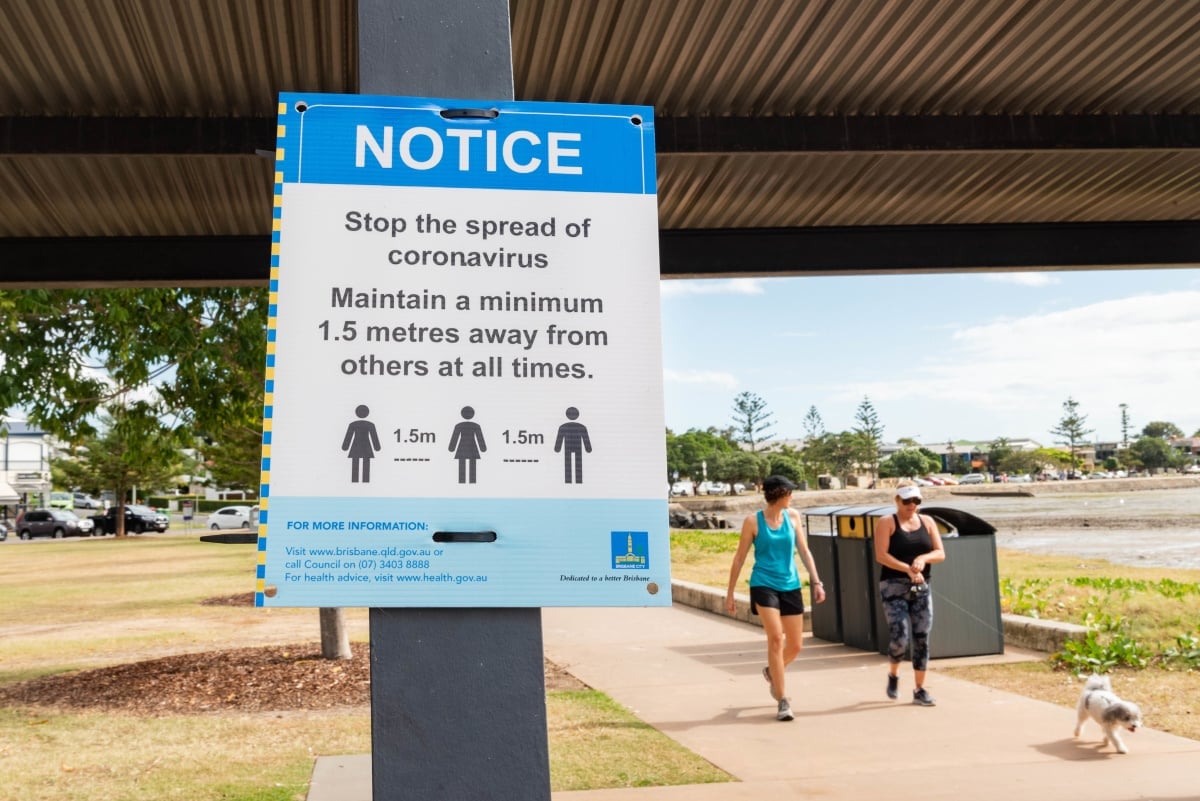
The COVID-19 pandemic has been ongoing for months now.
In Australia, we’re looking to the future. We’re easing restrictions that have flattened the curve and we’re being cautious of a second wave, but we are ahead of the global fight.
In other countries – the United States, for example, which has 1.37 million cases and 80,000 deaths, and Russia, one the world’s new coronavirus hotspots – community transmission is still rampant and case numbers are rising rapidly.
Australian PM Scott Morrison outlines step one in our three-step plan out of COVID-19 restrictions. Post continues below video.
What we all have in common is that no matter where we are, the coronavirus is going to be a defining part of our lives for months, if not years, to come.
But how does it end? When will we have a day when we don’t think about the pandemic/social distancing/the economic fall out? What will life even look like on the other side?
Drawing information from past pandemics like the 1918 Spanish Flu and the many iterations of the plague, we can consider how the COVID-19 pandemic may end.



